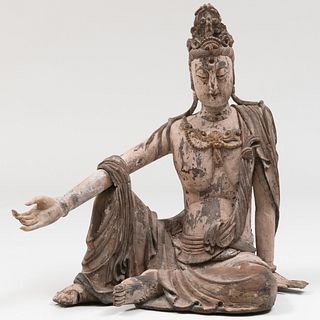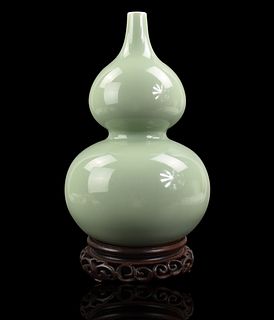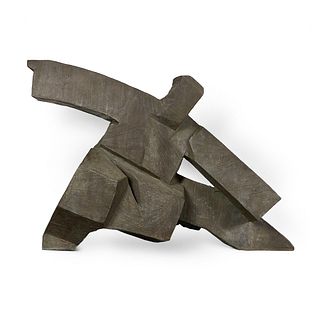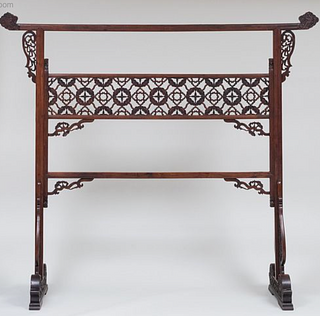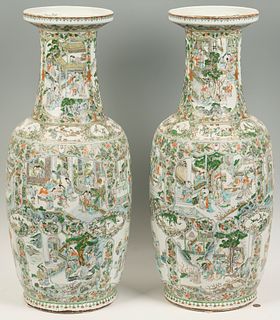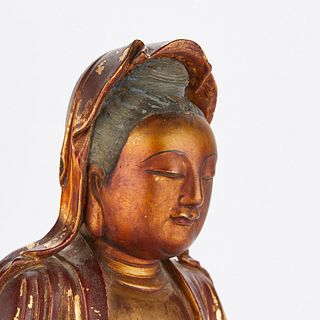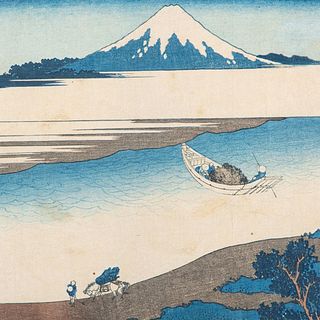Images of the Ideal Scholar - A Pair of Impressive Chinese Porcelain Vases at Case Auctions
On July 8 Case Auctions in Knoxville Tennessee will be offering for sale a pair of exceptional Chinese famille verte porcelain ‘palace’ vases. Standing at 35 ½ inches high and produced during the mid-19th Century of the Qing Dynasty (1644-1911), these vases are extremely large and well-decorated.
When seeing the vases, the eyes are immediately drawn to all the vignettes of figures going about their daily lives. There is a plethora of scenes which include both male and female figures, and some young children as well.
Even though they look like a more common Chinese court scene, what we are actually seeing is the idealized image of China’s ‘four scholarly arts’ 四藝. Since the Tang Dynasty (618-907) there have been written accounts of the ‘perfect’ Chinese gentleman as someone who is able to master the four criteria of calligraphy 書, painting 畫, weiqi 圍期 (a board game also referred to in the West as Go), and the qin琴 (a seven-stringed zither).
To escape from the politics, temptations, and avarice of the big cities, many Chinese gentleman would take breaks to visit the countryside and practice the four scholarly activities. They would be joined by like-minded intellectuals and follow these pursuits for weeks, months, and even years. In the present vases, we see that the architecture is surrounded by lush pine trees, large rocks and colorful florals, all signs that this isn’t an urban setting.
Throughout the vases’ scenes, we see that many of the women and children are merely onlookers. Even though the women aren’t active participants, there are many examples of female historical figures who mastered the ‘four scholarly arts’. And if you look closely at the vases, there instances of women holding calligraphy fans, reading books, and writing, which all suggest that they are also well-learned members of scholarly society.
These vases would have been made for the Chinese export market, in particular to wealthy clientele in countries like England, France and the Netherlands. Because of their large sizes, the vases would have added a presence to a long hallway or became the focal point of a large reception room.
The palette used for the pair of vases was also familiar to a Western market. The enameling technique is called famille verte, and includes tones of green, blue, orange and red. This color combination was extremely popular during the 17th Century for both the domestic and export markets.
There are so many details present in the pair of large vases at Case Auctions, and upon each viewing, more and more details depicting the Chinese scholar emerges. The present pair of famille verte ‘palace’ vases is estimated at USD 16,000-18,000.
- Rafael Osona Auctions' Modern & 19th Century Design From Nantucket Estates
- Bidsquare Appoints Traci Lombardo as CEO, Reinforcing Founding Commitment to Auctioneers
- Quilts as a 2025 Design Trend: A Celebration of American Heritage and Craftsmanship
- A Celebration of Sports History and Collectibles
- The Thrill of Sports Memorabilia Auctions: A Collector’s Paradise
- Demystifying Coin Condition: A Guide to the Sheldon Grading Scale
- Snoopy & Friends: A “Peanuts” Auction at Revere
- Colorful Chinese Monochromes at Millea Bros
- 12 Holiday Gifts for the “Impossible to Buy For” on Bidsquare
- Alluring Art Objects and Accessories from the Estate of Chara Schreyer



 EUR
EUR CAD
CAD AUD
AUD GBP
GBP MXN
MXN HKD
HKD CNY
CNY MYR
MYR SEK
SEK SGD
SGD CHF
CHF THB
THB
